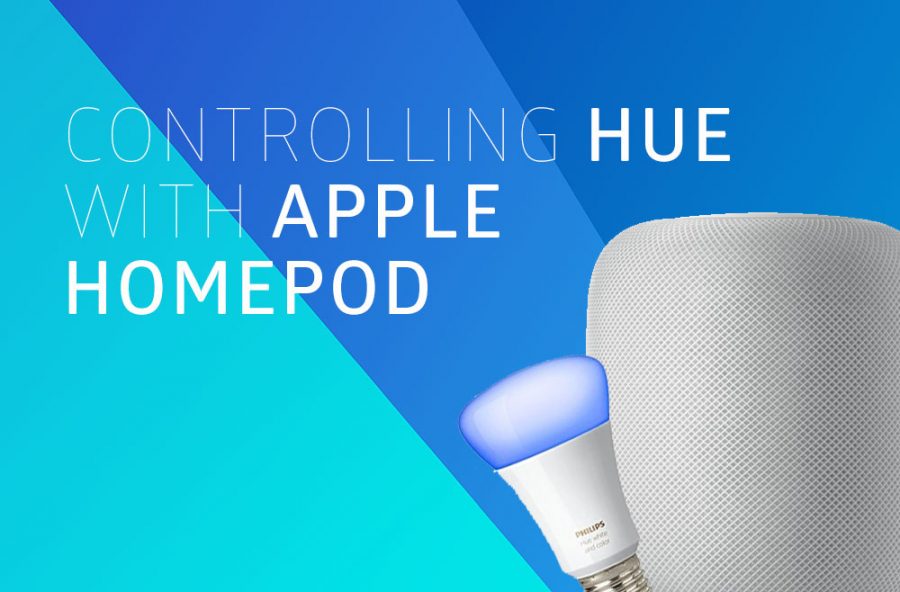

Philips will not accept liability if your product causes harm, for example. There’s a little catch – this also means that everything connected with use of your product is your responsibility. What you produce you own and are free to give away or sell. As you are free to create with our product, we think it should also be you who profits from your work. It’s up to you.įree to Publish– Philips has a quite progressive policy with Hue. Integrate Hue into some other product or service, and have fun with what Hue can do. Go on, have a go – use light the way you want it, by making new apps, websites and digital installations. You can keep up to date with the latest Hue news and find out what sort of apps have already been created.īecause the Hue bridge has a powerful RESTful interface, which means it behaves like a simple web service, you can easily program it. Our developer portal provides tools and materials for developer to create exciting, creative new ways to use or even play with light. People really do want to use light in their own way. When we launched Hue in 2012, the feedback we got was clear.

If you’d like to start a project which talks directly to the bulbs that’s possible but you’ll need to enroll in the ZigBee developers program They are connected to the bridge via an open standards protocol called ZigBee Light Link. Lights create a mesh network with each other which enables each light to pass on messages to the next extending the range and making everything more robust. These smart bulbs contain 3 types of LED specially chosen to produce a range of colors and intensities.

It can be used for control commands or for checking the status. This is a way to gain access to the bridge without being on the local network. These smart lighting APIs require direct access to your bridge so you’ll only be able to access them when your app and bridge are on the same local network. These allow you to control all settings of the lights in your system. The main set of smart lighting APIs are those offered by the bridge. This is used to enable your smart bulbs to communicate with each other and the Portal via the internet. It could equally be a website or an Arduino board.

It’s basically everything that makes use of the Hue system APIs. Apps you develop (see Hue App Showcase) could do anything from simply changing colors or switching on and off in response to a user input, or they might be linked to some sort of sensor or other input, such as switching on when a sound is picked up or a tweet is received. You probably have one installed on your smartphone already that you control your lights with. These are different ways to control the lights to make them do smart things.


 0 kommentar(er)
0 kommentar(er)
